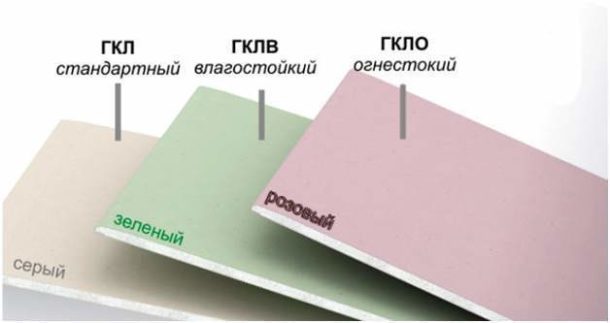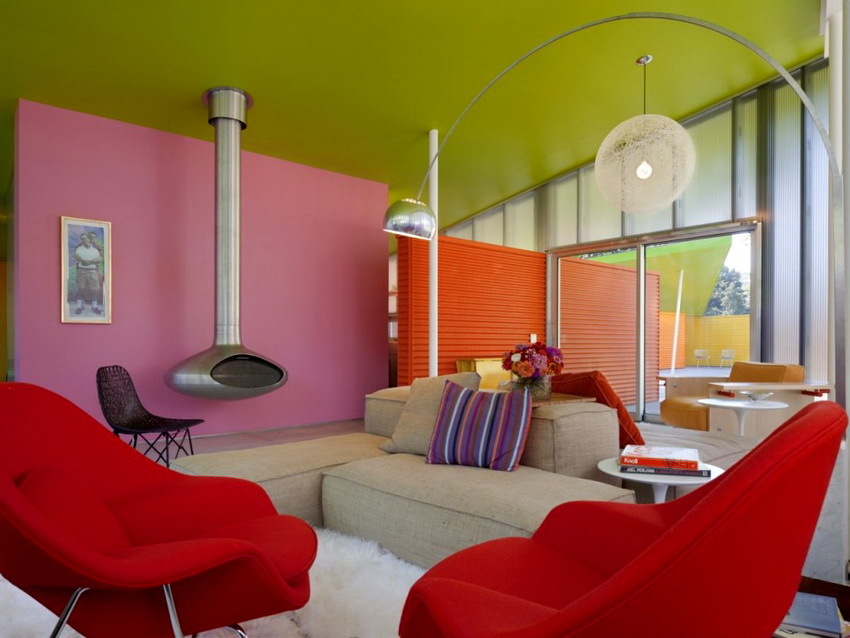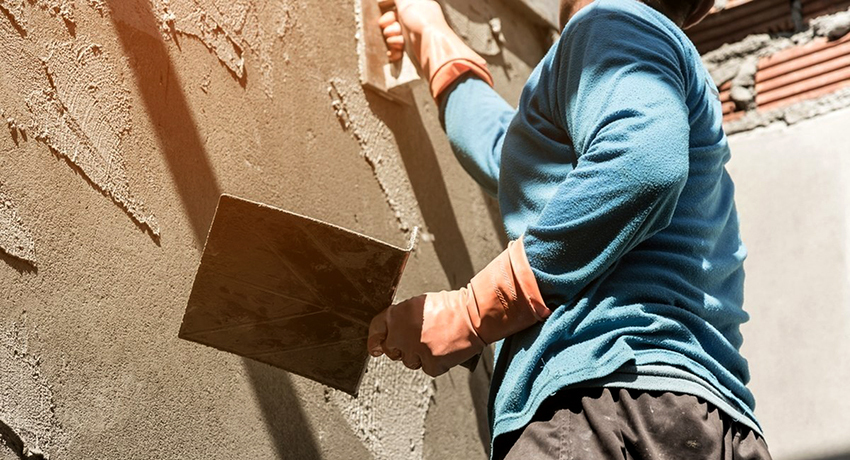Content
- What is drywall
- Where are drywall sheets used
- Classification of drywall sheets according to GOST
- Standard dimensions, weight and strength of drywall
- Different shapes of the edges of drywall sheets
One of the materials indispensable and popular in the construction and repair business is drywall. It is used both for the erection of various structures, such as partitions or multi-level ceilings, and for the lining of internal, and sometimes even external surfaces of premises. Such distribution is caused by attractive characteristics of GCR: light weight, relatively low price, sufficient strength and ease of processing.

Construction stores offer a huge selection of different types, brands and manufacturers of drywall sheets and gypsum boards. Deciding on a choice in this variety can be difficult at once. In order not to be mistaken, you need to clearly understand what type of drywall sheets are used for various construction works and by what principle you can choose high-quality drywall. Let's try to understand these issues.
What is drywall
Plasterboard sheets are a one-piece panel of gypsum material, which is glued on both sides with thick cardboard. At first glance, it may seem that gypsum is too fragile material to be used in construction. GKL strength is added precisely by cardboard, due to which the sheets do not break, do not chip and do not crumble. At the same time they are very easy to process: saw, bend and even plan. And special additives give various types of drywall sheets a variety of properties.
Despite its strength, it is necessary to use frame base, providing uniform load distribution on the entire structure, increasing it durability.
The photo clearly shows the structure of the drywall sheet.

Where are drywall sheets used
Plasterboard sheets are used in construction to solve a variety of problems:
- For decoration (alignment) of walls and creating interior partitions. Wall GCR has a thickness of 12.5 mm, a length of 2.3 or 2.5 meters, and a width of 1.2 meters. The properties of such sheets are standard, their design does not provide any special additives. Color is gray, with blue marking.
- For the ceiling. Using GKL, you can not only sheathe the ceiling under a tensile structure, but also create a multi-level plasterboard ceiling or niches for hidden lighting. For these purposes, sheets of different sizes are used: the thickness of the ceiling gypsum board is 9.5 mm, the length is 2 or 2.5 meters, and the width remains unchanged. The properties are also standard, the color and marking are the same as those on the wall.
USEFUL INFORMATION:How to hem the ceiling with drywall do-it-yourself (video tutorial)

- For covering rooms with high humidity (often used in conjunction with additional waterproofing). For these purposes, a special type of drywall is used - moisture resistant (GKLV). The composition of the core of HCLF includes special additives, and even the cardboard itself is saturated with antifungal compounds. The length of its sheets is 2.3 or 2.5 meters, thickness - 12.5 mm, standard width - 1.2 meters. Such sheets are painted green, the marking is blue.
- For covering chimneys, fireplaces and rooms with high fire safety requirements. Despite the fact that cardboard in all types of gypsum plaster does not burn, but only charred, gypsum plaster contains the core has a large number of reinforcing fibers and additives, so that the middle part of the sheets does not deform when fire. Such sheets have a standard width and thickness, their length is 2, 2.5 or 3 meters, they are painted in light pink with a red marking.
- To create arches and other curved structures. Despite the fact that ordinary wall drywall can bend in several ways, for these purposes it is better to use flexible arched plasterboard sheets. The composition of their core contains fiberglass yarns, which in general also strengthen the material. Due to the small thickness of 6.5 mm, such drywall is easy to bend and give it any curved shape. Its width is standard, length is 3 meters, the color is light gray.
The following photo shows the process of creating an arch from plasterboard sheets.

The scope of drywall is so wide that it can explain the popularity of this building material for interior decoration.
Classification of drywall sheets according to GOST
There are two ways to classify GCR:
- according to GOST 6266-97;
- in accordance with GOST 32614-2012.
The differences between these two standards are primarily in the time of their adoption. GOST from 1997 divides drywall into 4 main varieties:
- Ordinary drywall sheets (GKL).
- Moisture resistant gypsum plasterboard sheets (GKLV).
- Fire-resistant drywall (GKLO).
- The gypsum cardboard (GKLVO) combining the properties of fire resistance and moisture resistance.
The following photo shows how the main types of drywall differ in color.
USEFUL INFORMATION:How to mount a TV on a drywall wall

Published in 2012, GOST was developed in conjunction with Knauf. According to it, drywall is now called gypsum building boards and is divided into eight types:
- Type A, which is a standard GCR.
- H - moisture resistant plates (the same as GKLV).
- F - refractory gypsum boards (or gypsum plasterboard).
- D - plates with different densities depending on the conditions of their use.
- I - especially hard gypsum boards.
- E - slabs used for facade work and having the properties of minimal water absorption and vapor permeability (GKLV with improved characteristics).
- P - slabs, which are supposed to be applied with stucco mixtures or tile laying.
- R is a building material that allows you to create fairly strong bends in any direction.
Nowadays, almost all drywall in the construction market is produced under the Knauf brand. This is the very gypsum building boards. GKL from Knauf has better characteristics in comparison with other manufacturers, however, the price of material from more well-known brands may be higher. The following photo shows one of the types of gypsum building boards of the Knauf brand.

Standard dimensions, weight and strength of drywall
Gypsum boards have the following dimensions:
- The length can vary from different manufacturers from 1.5 to 3.6 meters. Most often met indicators in 2, 2.5 and 3 meters.
- The standard width is 1.2 meters, but on sale you can also find smaller products with a width of only 0.6 meters. This option greatly simplifies the transportation of this building material and reduces its weight.
- The thickness indicator varies between 6–12.5 mm. Most often, the thickness of drywall depends on its purpose. For example, a minimum thickness is needed to create arches and other curved structures, and thicker sheets are used to build walls. In addition, you can find particularly durable plates, the thickness of which is 25 mm.

When buying gypsum boards, it is worth remembering that there are two different categories of this material - A and B. In the first case, the sheet sizes deviate from the standards set by GOST no more than a couple of millimeters. In the second, even the squareness parameter may have deviations. And although most manufacturers do not indicate the category at all, since they produce category A drywall, this factor should be taken into account.
USEFUL INFORMATION:Do-it-yourself installation of a ceiling box made of drywall
The weight of drywall is significantly lower compared to other building materials. And this applies to any type and size of GCR - the additives available in the material slightly increase its weight. Even a gypsum plasterboard wall reinforced with a metal frame will be much lighter than, for example, a brickwork wall.
One millimeter of sheet thickness is one kilogram per square meter, this is how the nominal weight of GCR is calculated.
The strength of the product depends on its purpose, as well as on the quality of the materials used in the manufacture. Since the choice of both cardboard and gypsum composition is not regulated in any way, and manufacturers themselves may well choose the composition gypsum boards, the quality of cheap grades can be significantly lower than global manufacturers, such as those mentioned above Knauf.
-
Knauf 60%, 111 of votes
111 of votes60%
111 votes - 60% of all votes
-
Volma 13%, 24 vote
24 vote13%
24 votes - 13% of all votes
-
Giprok 12%, 22 vote
22 vote12%
22 votes - 12% of all votes
-
The one in the store 12%, 22 vote
22 vote12%
22 votes - 12% of all votes
-
"Magma" 4%, 7 of votes
7 of votes4%
7 votes - 4% of all votes
Total Votes: 186
Voted: 153
15.03.2018
×
You or from your IP have already voted.Different shapes of the edges of drywall sheets
In addition to all of the above, drywall sheets or boards have various types of edges, namely:
- rectangular or straight edge (PC);
- thinned from one of the parties (CC);
- semicircular on one side (PLC);
- thinned and semicircular on one side of the sheet (PLUK);
- rounded edge of the sheet (ZK).

In the photo you can clearly see how the various edges of the drywall look.
Different types of edges are needed in order to simplify the process of processing joints between plasterboard plates.
Keeping in mind the above characteristics, types and brands of drywall, you can easily choose exactly the option that is needed to repair your apartment.

EXPERT SITE
Tsugunov Anton Valerevich
Master Station Wagon
- Since 2003, I have been engaged in the repair and decoration of premises.
- Over 100 completed objects.
- I appreciate the quality, more than the quantity!
Personal page >>>
Friends!
I offer you the service "Friend Builder"
As this site develops, subscribers and visitors are turning to me more and more often asking for help with advice on various issues of repair and decoration.
Questions are sometimes asked very complex and interesting. You can’t write an article for each situation, so I decided to advise you individually.
Thanks to you, friends, a new direction of my favorite work has been born - share your experience and benefit everyone who is undergoing repairs!
Get a one-time consultation from me >>>
Order full apartment repair support >>>


